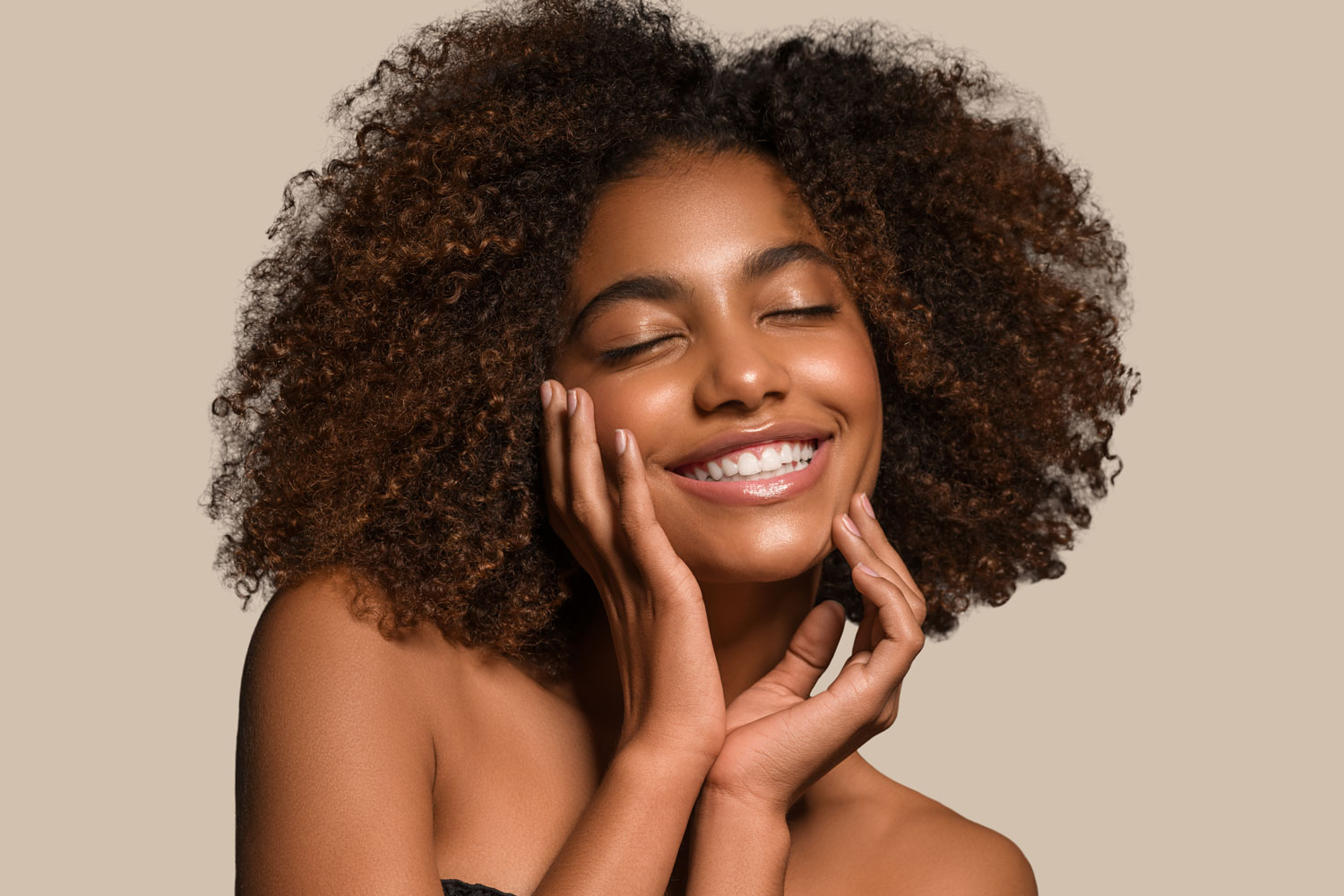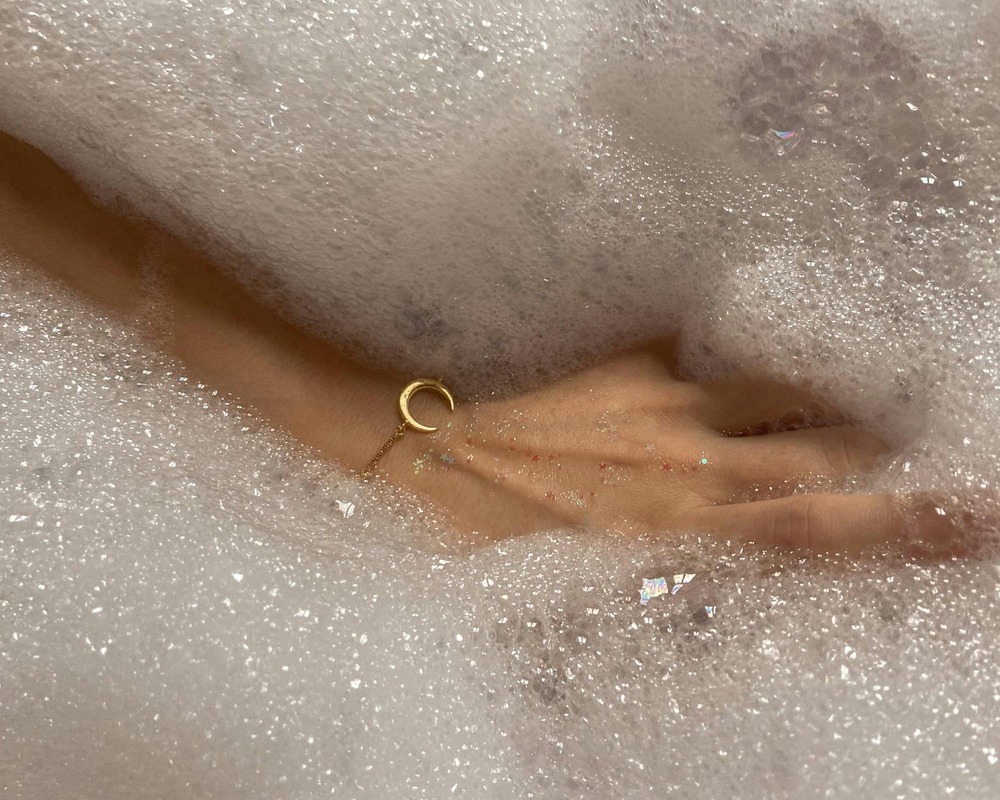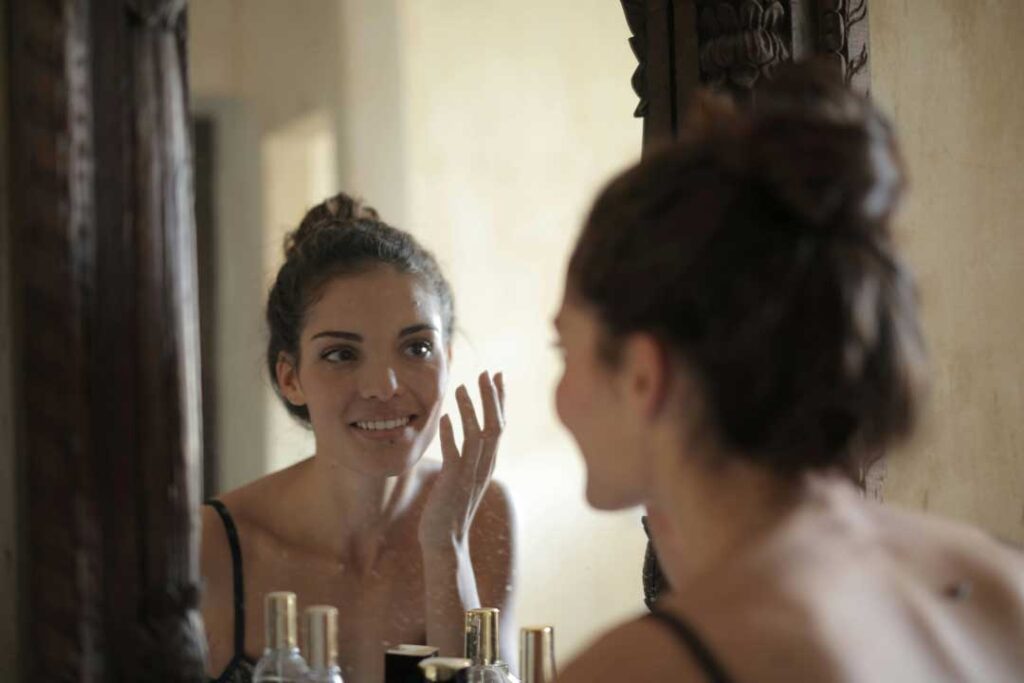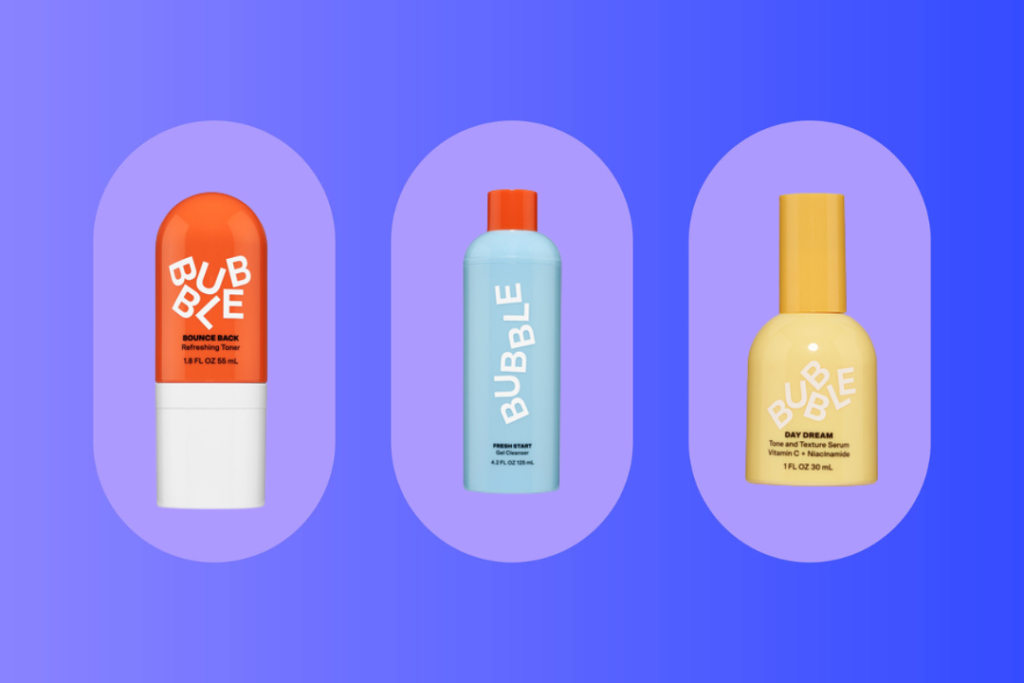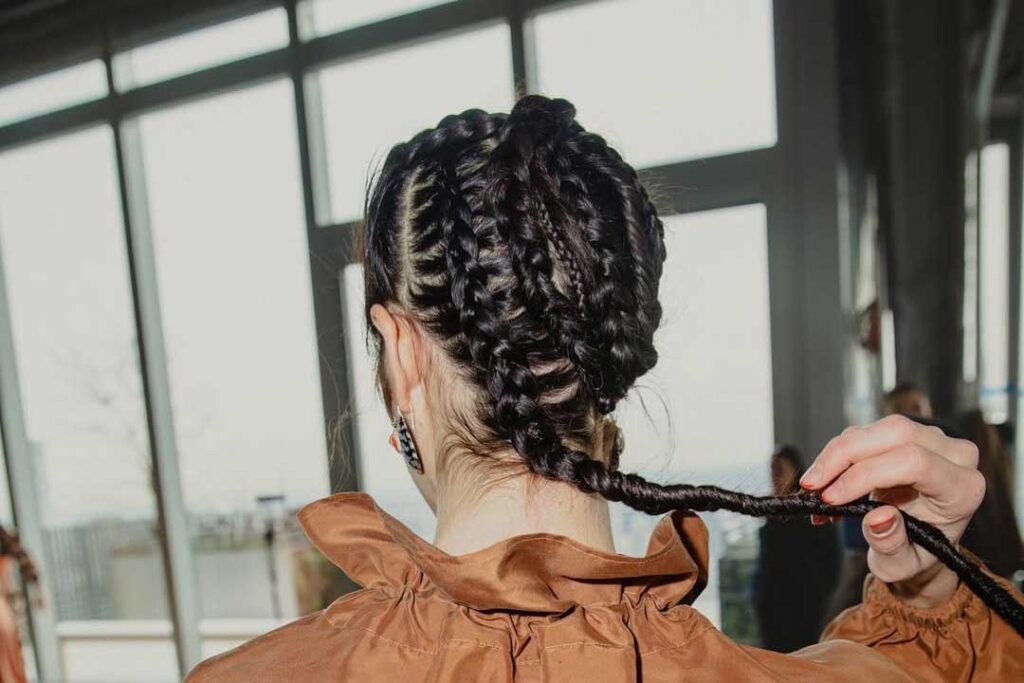How far would you go for perfect skin? You’d probably be willing to shake up your skincare routine, try a new daily moisturiser or even make a few lifestyle changes to fine tune things, but would you be willing to move to a whole different city? Probably not, but where you live plays a big role in your skin health.
More particularly, there are factors like sunlight hours and average UV rating that can affect skin aging. What this means is that some cities are better for your skin than others. And, thanks to new research, we now know the best and worst places to live in Australia for healthy skin.
A group of beauty experts have analysed several metrics that impact skin aging like UV index, sunlight exposure, average alcohol consumption and levels of noise pollution (which can affect sleep) across Australian cities. The results show the natural hotspots for healthy skin as well as the cities where the conditions are not in your skin’s favour. Check out the full list below.
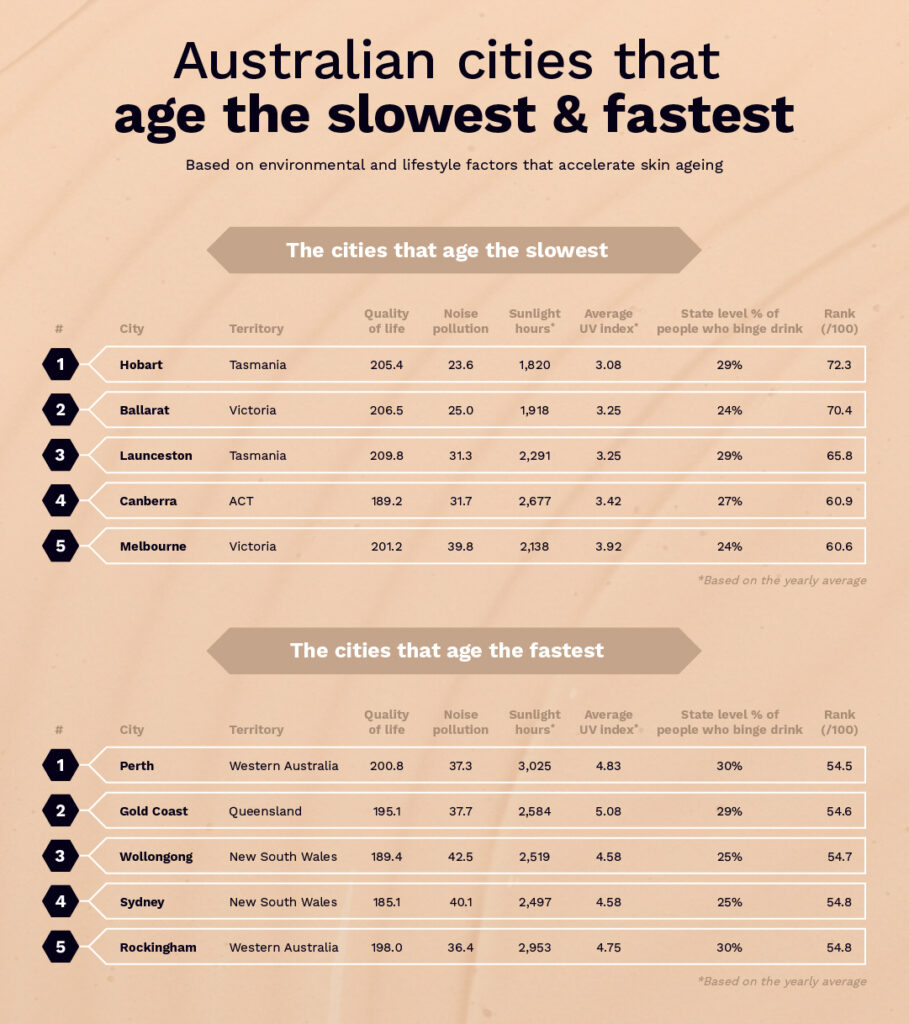
Hobart tops the list of the best cities for anti-aging. The Tasmanian capital scores well in every category, with a high quality of life and low levels of noise pollution and binge drinking. The city’s southerly locale also means it has fewer sunlight hours than almost every other Australian city and a low average UV index.
Rounding out the top five is Ballarat, Launceston, Canberra and Melbourne. The common theme here is location, with all of these cities in the Southern half of Australia. So, while there are other factors at play that also affect skin health, like the prevalence of alcohol consumption, noise pollution and quality of life, the data shows that limiting time in the sun is the most important aspect in reducing the effects of aging.
On the other end of the spectrum we have Perth, where residents can expect their skin to age faster than any other Australian city. This is primarily due to the Western Australian capital’s high amount of annual sunlight hours and average UV index, coupled with an above average alcohol intake. We doubt anyone is going to move out of Perth to save their skin, but at least now they’ll know what they’re in for.
Also among the worst cities for skin aging is the Gold Coast, Wollongong, Sydney and Rockingham in Western Australia. Sydney and Wollongong jump out for their relatively low quality of life compared to other Australian cities, as well as high levels of noise pollution, which can disrupt sleep and lead to poorer skin health.
So there you have it, if your only requirement when finding a city to live in is protecting your skin, Hobart is your best option, while it’s best to steer clear of Perth.
How do lifestyle factors impact skin health?
Adopting a healthy lifestyle is essential for maintaining vibrant and resilient skin. Lifestyle factors influence the skin’s ability to function effectively and maintain its appearance. Diet is a critical factor, as vitamins, antioxidants and healthy fats support skin repair and elasticity, while excessive sugar or processed foods can accelerate aging through glycation. Hydration is equally important, as adequate water intake helps maintain skin’s plumpness and elasticity. Physical activity boosts circulation, delivering oxygen and nutrients to the skin, which promotes a healthy glow and aids in the repair process.
Habits like smoking and excessive alcohol consumption, on the other hand, can significantly harm skin health by reducing blood flow, depleting collagen and causing dehydration. Sun exposure can also cause skin damage, premature aging and skin cancer.
Why does where you live affect your skin?
Where you live can significantly impact your skin due to environmental factors such as climate, pollution levels and local water quality. In humid regions, excess moisture can increase sweat production, which may clog pores and lead to acne or fungal infections.
Conversely, dry climates can dehydrate the skin, causing flakiness, irritation and exacerbating conditions like eczema. Areas with high levels of air pollution expose the skin to harmful particles and toxins that can penetrate the skin barrier, accelerating aging and increasing the risk of pigmentation issues.
Living in sunny regions or at higher altitudes can result in more UV radiation exposure, raising the likelihood of sunburn, premature aging, and skin cancer.

